All About Bitumen Primers
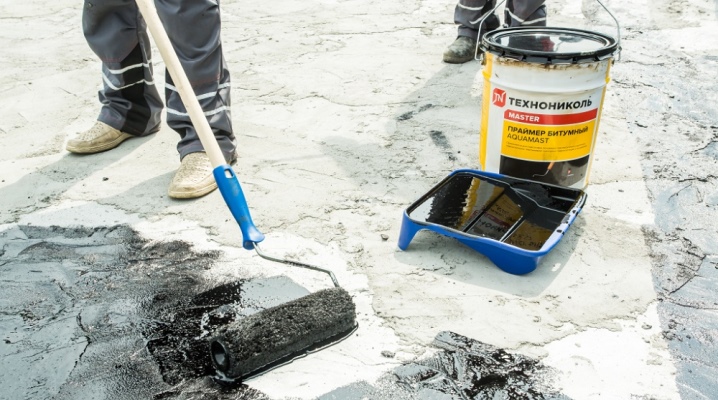
To know everything about bituminous primers, about what a primer is needed for, is necessary for a fairly wide range of people. You should definitely figure out, not only what it is, but also where it is applied in essence, how to dilute it. A separate important topic is the differences between water-based formulations and those based on other components.
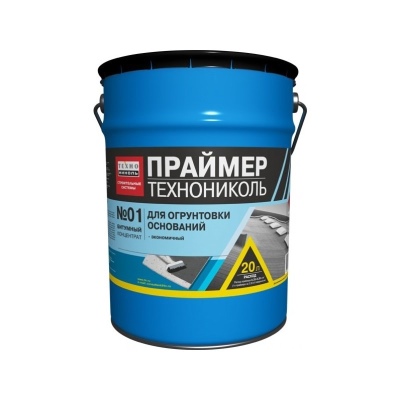
What it is?
It is quite appropriate to begin the description of the bituminous primer with its composition. Outwardly, such funds look like black liquids of a completely homogeneous type. For the manufacture of the product, only first-class bitumen is used. Various solvents are added to it. In most cases, these are solvents based on organic components, in some cases - water (but it is much less suitable).
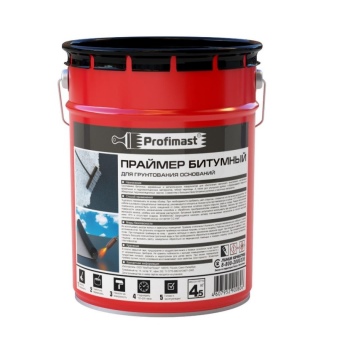
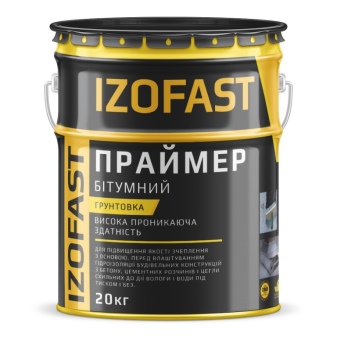
Often the descriptions say otherwise - "bitumen-based primer". This definition is also quite adequate. First of all, the creators tried to achieve the highest possible waterproofing properties. In the trade, there are both completely ready-made and concentrated (requiring dilution) mixtures. Primers can be used for a wide variety of purposes and needs, and it is always important to know exactly how to use them.
Storage of such formulations is possible only in a tightly closed container. The ingress of even a small amount of water, as well as contact with direct sunlight, is unacceptable. Do not keep the primer near heating equipment and an open flame.
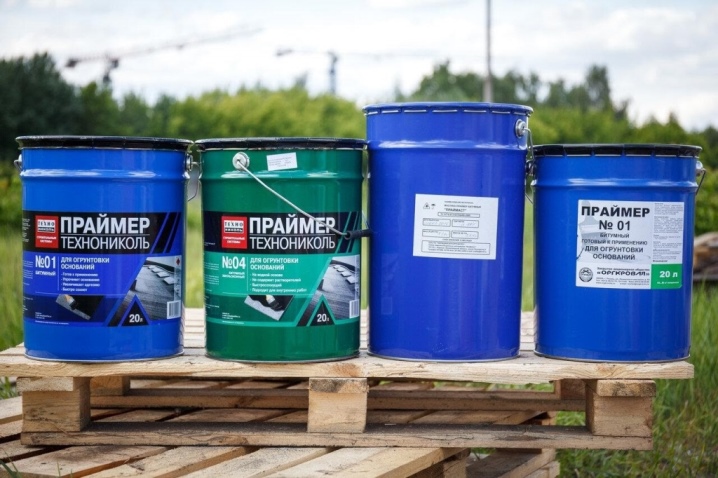
Storage in living rooms and direct contact with food is strictly prohibited. In difficult cases, dilution with white spirit is allowed (consultation with manufacturers is desirable).
Specifications
The description of the technological properties of the bituminous primer allows you to accurately indicate - it is fundamentally different from conventional mastics or sealants. From the point of view of classifiers of building materials, this substance belongs to the category of primers. The most important properties from a practical point of view are:
- resistance to heating - up to 70-80 degrees;
- repulsion of water;
- suppression of corrosion;
- minimal adhesion intensity or even its complete absence;
- rapid drying;
- complete elimination of toxic substances, heterogeneous fragments and foreign inclusions.
The usual density of a bituminous primer is 0.9 to 1 gram per cm3. The standard weight of 1 liter varies, respectively, from 0.833 to 0.84 kg. As you can see, the spread of this parameter, even among different manufacturers, is not too large. Therefore, there is no particular specifics for the choice. Bituminous primers of all grades have excellent adhesion (despite zero adhesion to something that should not stick).

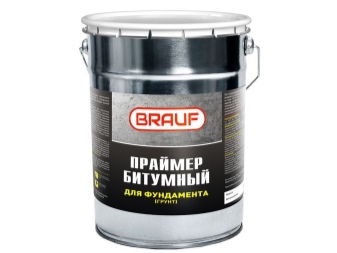
The ability to displace water is very useful when working in cold seasons. The proportion of binders (calculated in relation to weight) is not less than 25 and not more than 45%. An effective connection of all initially unbound particles is ensured. After fusion, an anti-adhesive layer is formed, which, if necessary, can be removed. The typical shelf life of bituminous primers in room conditions, while maintaining the tightness of the package, is 24 months (but the manufacturer may set a different period, so you need to monitor carefully).
Primer treatment increases the adhesion of the desired finishing agent to the substrate. A high-quality primer goes into the pores to a depth of 0.3-0.4 cm.Since they are filled, water cannot penetrate there.
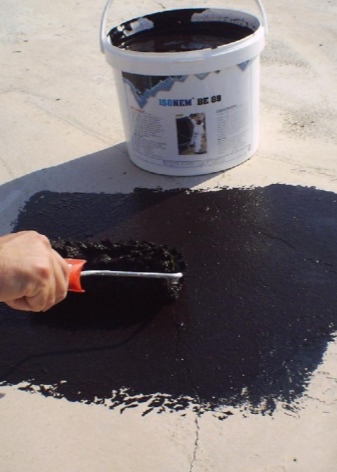

This property is very important for open surfaces outdoors in the off-season. Moreover, an increase in the strength of the bases on which the primer is applied is ensured, and their crumbling and loss is significantly weakened.
Depending on the specific composition, the following are possible:
- purely bituminous, bitumen-polymer and bituminous, mixed with an emulsion, base;
- drying time - from 1 to 12 hours;
- softening at a temperature of 70 or 75 degrees;
- operating temperatures - from -20 to +40 degrees (but this is not for all mixtures, so you need to look more closely).
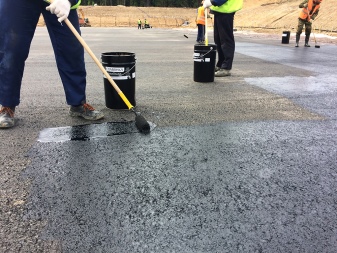
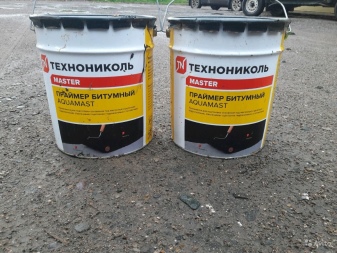
Views
Roofing
Applying a primer for a roof is identical in purpose to applying a "primer" before using wallpaper. Likewise, if a bituminous mixture is not used, blistering is likely. but if in the case of wallpaper it is simply ugly and inconvenient, then in the case of a roof it threatens with leaks and other unpleasant consequences. The exact consumption of the drug is determined primarily not by the type of surface, but by its quality. The higher the proportion of pores, the more reagent will have to be wasted, of course.

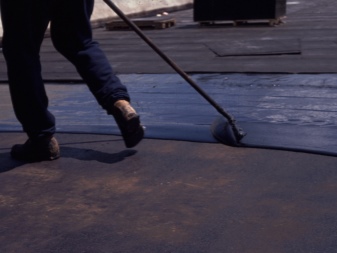
Drying after application with the usual paint method takes 10-12 hours even under favorable conditions. Some brands may dry faster. However, such a moment is stipulated in the instructions, and it is not always possible to achieve an optimal result. In any case, until complete drying is complete, it is categorically impossible to even just move on the surface, not to mention any work.
Some people use homemade mixtures, but the selection of their recipes must be approached with special care to eliminate mistakes. Bituminous compounds are appreciated for excellent performance at low temperatures and for compatibility with all types of roofing.
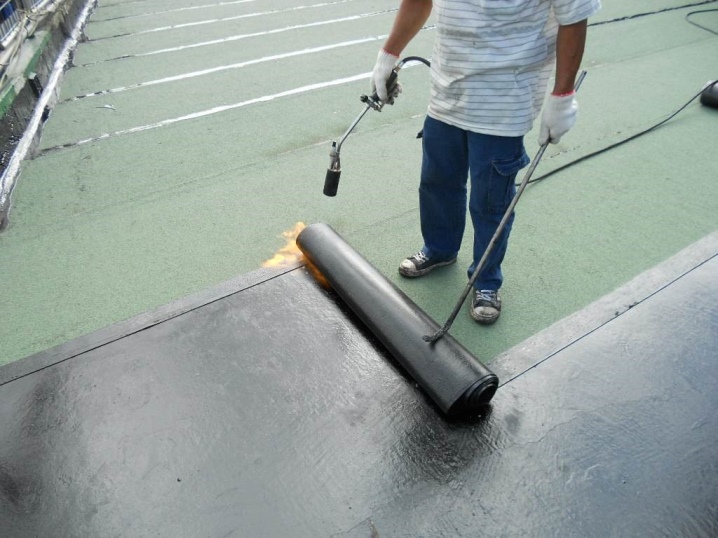
Road
Such a reagent is needed to spill rubble. It is used both in the construction of new roads and in the repair of existing tracks. Road primers are perfectly combined with bituminous and bitumen-polymer building materials (with rare exceptions). Drying is fast enough. At the same time, the reagent has excellent penetrating ability and is able to bind mechanically dust pollution.
The primer contains several components at once. In addition to the inorganic resin, these are:
- organic solvent;
- plasticizing additive;
- components for adding additional technological additives.
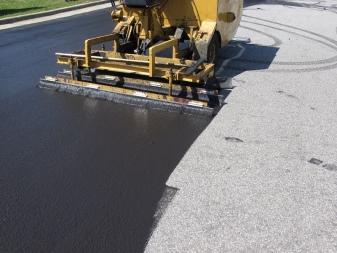

Often, universal mixtures are used to form not only roads, but also paths in summer cottages, in suburban areas. They bind the crushed stone to the substrate very effectively. Sometimes such reagents are also used in the arrangement of pipelines. In this case, the optimal combination of insulating and anti-corrosion properties plays a role.
It should be understood that road primer is a very serious and dangerous substance. You only need to work with it with extreme caution. It is categorically inadmissible to get the substance on open parts of the body. One coat of road primer should be approximately 2 mm. Since most of the professionals should work with it, it is necessary to move to another category of reagents.
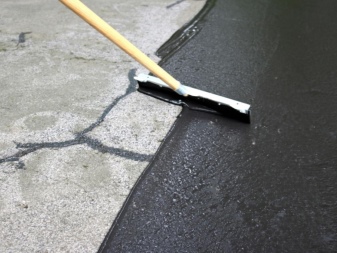
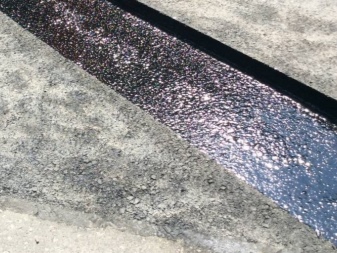
Universal
Most often we are talking about water-based polymer mixtures. As a rule, this is a saturated solution that softens at least at 80 degrees. To increase the drying speed, specially selected additives are used. Usually then self-adhesive finishing and construction materials or mastics are applied. The penetration power of the universal primer is very high.
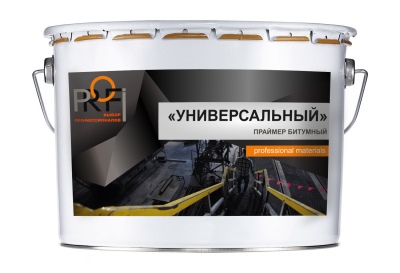
Where is it applied?
Basic information on where the bituminous primer is used has already been given. However, more information is needed on this topic. The main purpose of using a primer mix is to improve the retention characteristics of the concrete. This is the very property that experts call adhesion build-up.Even for strong concrete and reinforced concrete, special protection is very important, despite the initially high strength. The penetration of moisture into the pores contributes to the destruction of a stable material, especially at low temperatures and during their drop.

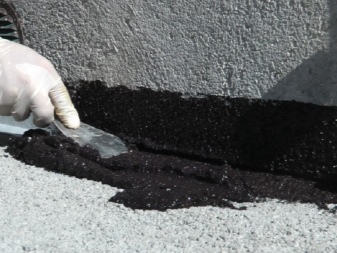
It is worth noting that the bituminous primer is also designed to combat various pests. We are talking about mold and other microscopic fungi. Clogging of pores with common construction dust can also be dangerous. This sometimes makes it difficult to apply building paint. The primer also effectively solves this problem.
In some cases, primers are used for wood. Such a solution perfectly helps to cope with the danger of surface damage by fungi and other harmful organisms. It should be borne in mind that drying will take a lot of time, but it's worth it. It is quite logical to use a bituminous primer for the foundation - it provides absolutely high-quality waterproofing. It is worth considering that together with the primer preparation, a special mastic must be used.
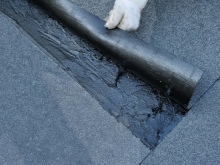
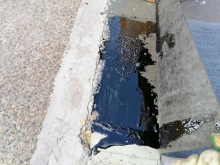

In some cases, special mixtures are used for asphalt, as well as for asphalt concrete road surfaces (these solutions are quite confidently combined). A special outer layer of wear is constantly abraded by the wheels of vehicles, footwear of pedestrians and other influences. Only a special design guarantees optimum reliability and a long service life. Therefore, it is possible to reduce the overall layer of the roadway, significantly reduce the cost of its arrangement, without deteriorating the technological qualities of the transport highway.
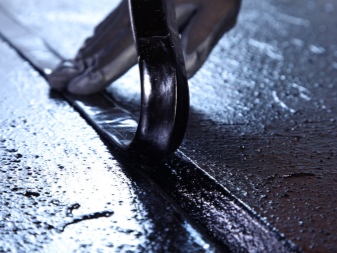
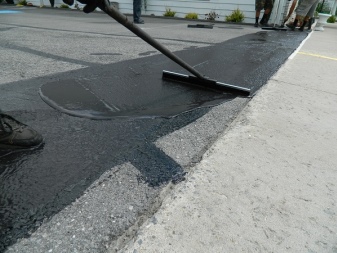
The primer for the roof is also widely used. It is used for various roll (soft) materials. The adhesion between the layers allows you to create an original, very durable and stable carpet that is almost impossible to break. The service life of the structure turns out to be quite long. Bituminous soils show themselves well both when gluing and when fusing - this is guaranteed by any modern supplier.
When using such substances, the smoothness of the rough surface of the roof is noticeably increased. It becomes smoother and easier to install. Even the most experienced roofers are happy to use primers. And it has long been established that these substances manifest themselves from the best side under any possible conditions. You only need to pay attention to the characteristics of a particular mixture.
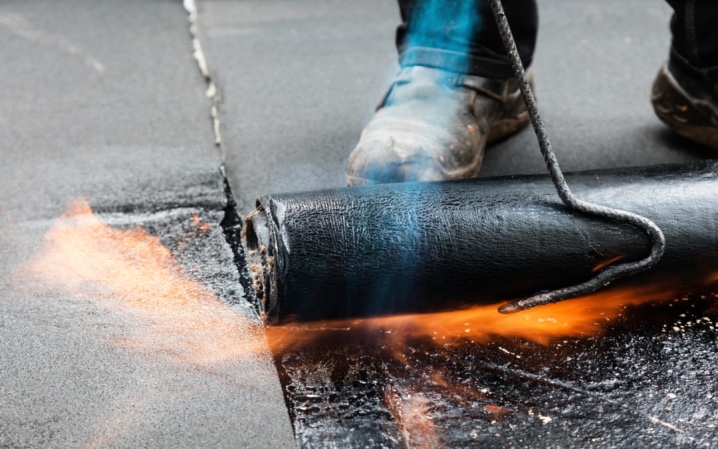
Manufacturers
Icopal bitumen primer is in demand on the market. It is suitable for:
- clean concrete;
- cement-sand base;
- metal.
The manufacturer focuses on relatively low costs and fast drying. Therefore, it will be possible in a short time, at low costs, to move to the next stage of work. The delivery of the product is usually carried out in plastic containers with a capacity of 21.5 liters. Storage temperature - not lower than -30 and not higher than +50 degrees. It is necessary to protect the reagent from fire and not rely too much on its dustproof qualities - it is better to clean the surface in advance.
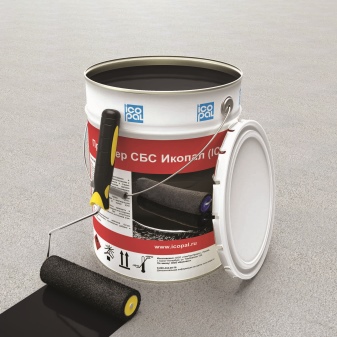
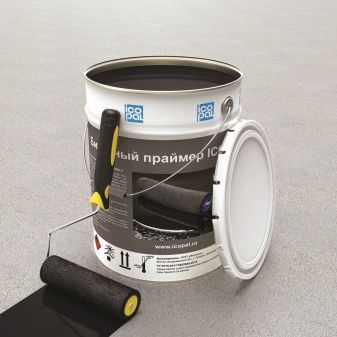
You can also pay attention to the TransGazRemont brand. She supplies ready-made primers and emulsion primers.
Additionally, the favorites of the market deservedly include:
- TechnoNikol;
- "Aquamast";
- STN Professional;
- "Hydroizol";
- "Neomast";
- "Bitumast";
- Isobox.
How to dilute and apply?
Even the best and highest quality primers should be used strictly according to the instructions. However, although it may differ from manufacturer to manufacturer, the overall operating technology is more or less the same. It is useful to prepare in advance the surface to which the reagent will be applied. It is advisable to wash it by removing:
- dust;
- dirt;
- extraneous layers;
- old finishing materials;
- icy areas.
Too high surface moisture is also unacceptable. Dry thoroughly before use. Both brushes and rollers can be used to apply the primer on regular contours.But the horizontal lines of a large size are often simply filled with the drug. Then it is carefully trimmed using a rubber mop.
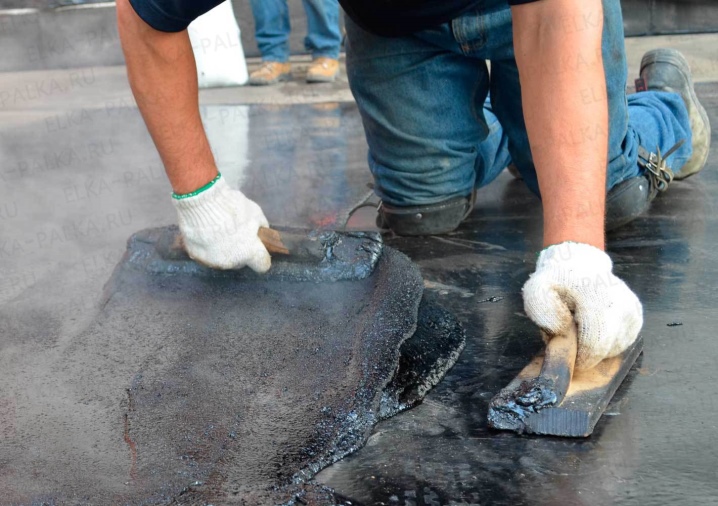
Walls, doors, other vertical surfaces and planes are usually treated with spray guns. Do the same and, if necessary, finish the ceiling. Important: for the time recommended by the manufacturer or selected by the engineers, the surface must be left alone.
But before starting work, you will still need to dilute the primer itself. Usually they try to dilute it with kerosene or gasoline. The solvent is taken about 20% more by weight, but the shares should be the same by volume.
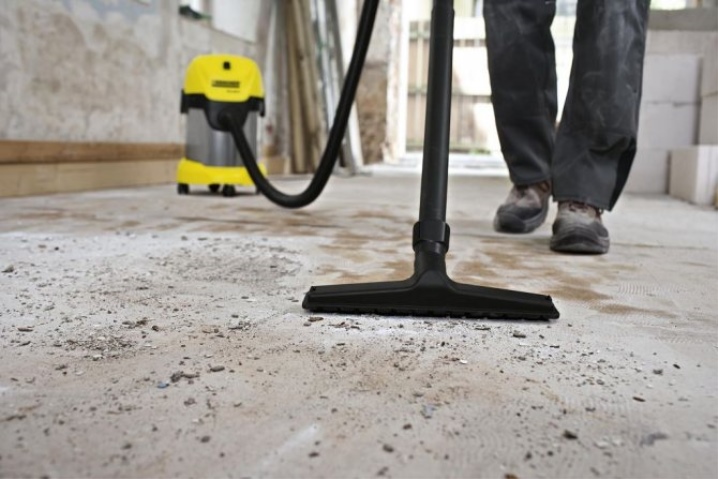
Most often, the primer is applied in two levels, and the thickness of the layer (each) is 0.1 mm; total - 0.2 mm. Consumption of the substance varies from 0.15 to 0.3 kg per 1 m2, however, it is not always possible to give an exact figure. It is imperative to check the dryness of the treated surface - ideally, it should be a maximum of 4%.
It should be borne in mind that primer formulations are extremely poorly removed from skin, clothing, shoes. The conclusion is obvious - it is almost impossible to do without unpretentious overalls when working with them.
Despite the manufacturer's instructions, which often extend the thermal range of use of the primer, it is better to refuse to work if the air is colder than -10 or hotter than +40 degrees. If the temperature varies from -10 to +5 degrees, inclusive, the drug must be kept in the room for at least 24 hours before applying. Immediately from frost, it cannot be used at all, which is always written about in the instructions.
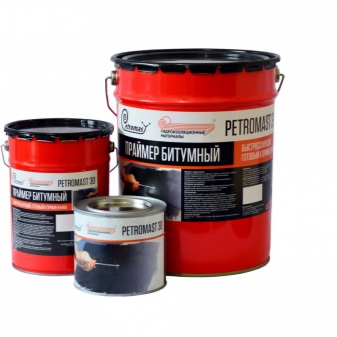
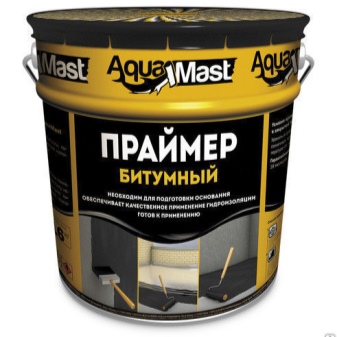
Drying is complete as soon as the stickiness disappears. The layer of substance must be continuous, without breaks, otherwise it will not fulfill its function.
The need to use two layers at once is precisely due to the fact that it is almost impossible to process any base in one step without gaps. You shouldn't rely on this too much. When treating surfaces outdoors, damp weather should be avoided in every possible way. It can disrupt the created coverage and devalue all efforts. The substance must be mixed in advance before application.

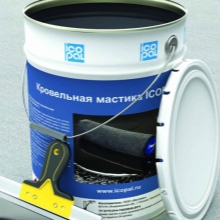
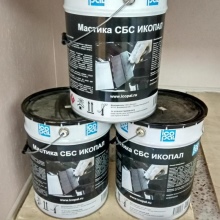
The instructions usually prescribe:
- exclude use in a residential area or in a confined space;
- eliminate the impact of open fire;
- when preparing a primer in a room - turn on the supply ventilation;
- do not smoke while working;
- use special glasses and gloves;
- remove the mass that has got on the skin with a rag and wash it with soapy water;
- rinse eyes if bitumen gets in contact with large amounts of water.
It should be understood that the primer is not an independent waterproofing. It should be used in conjunction with other waterproofing measures, not as a replacement. Working on a roof in strong winds is impractical and even dangerous. The coating of the foundation with a primer is carried out according to the standard technique. Processing in the same way is performed in two layers.

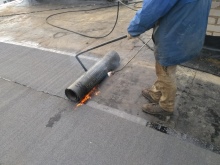














The comment was sent successfully.